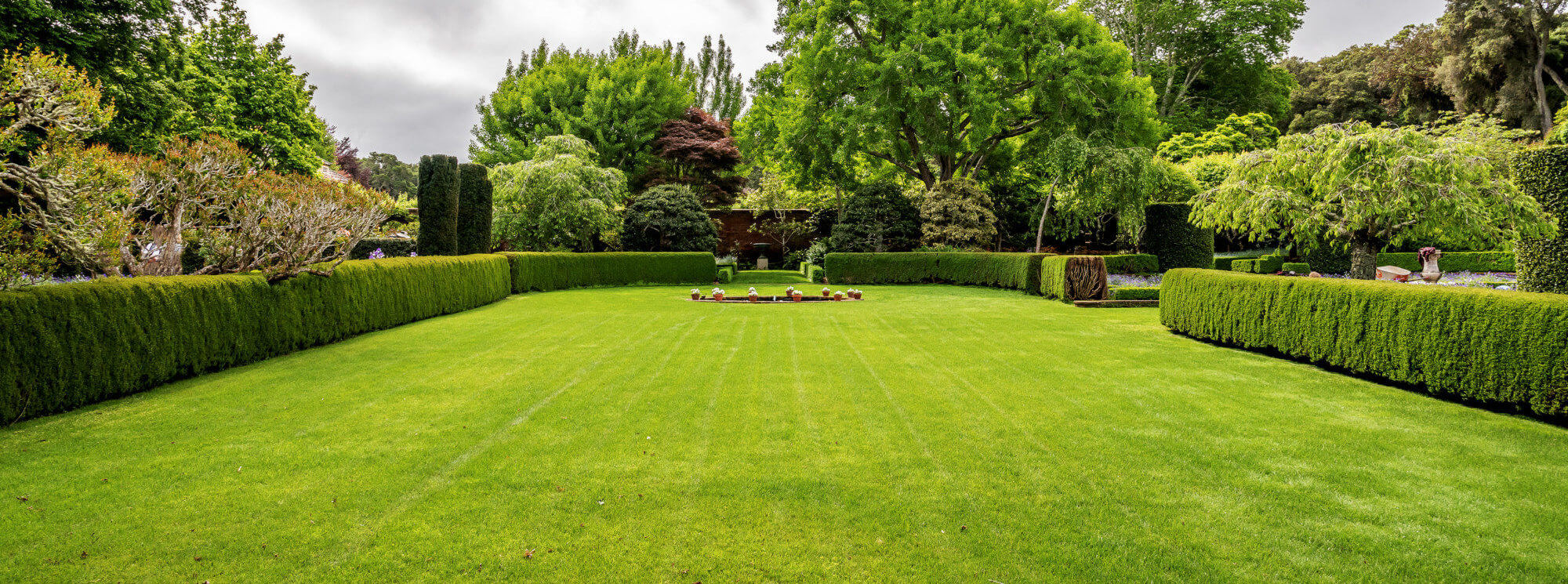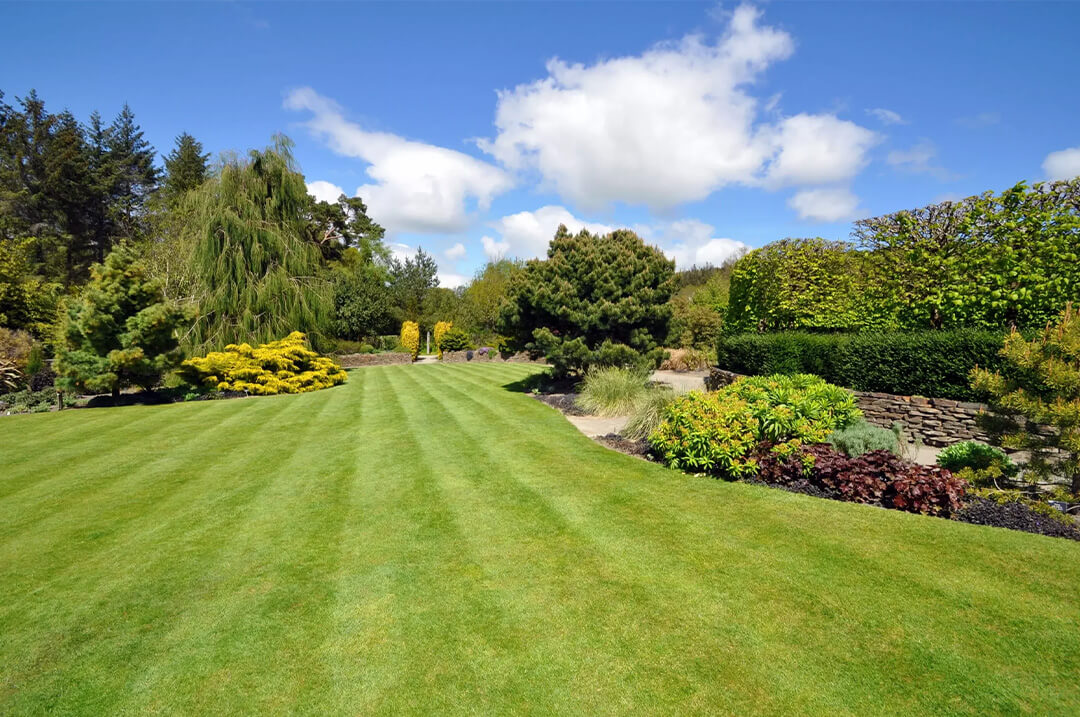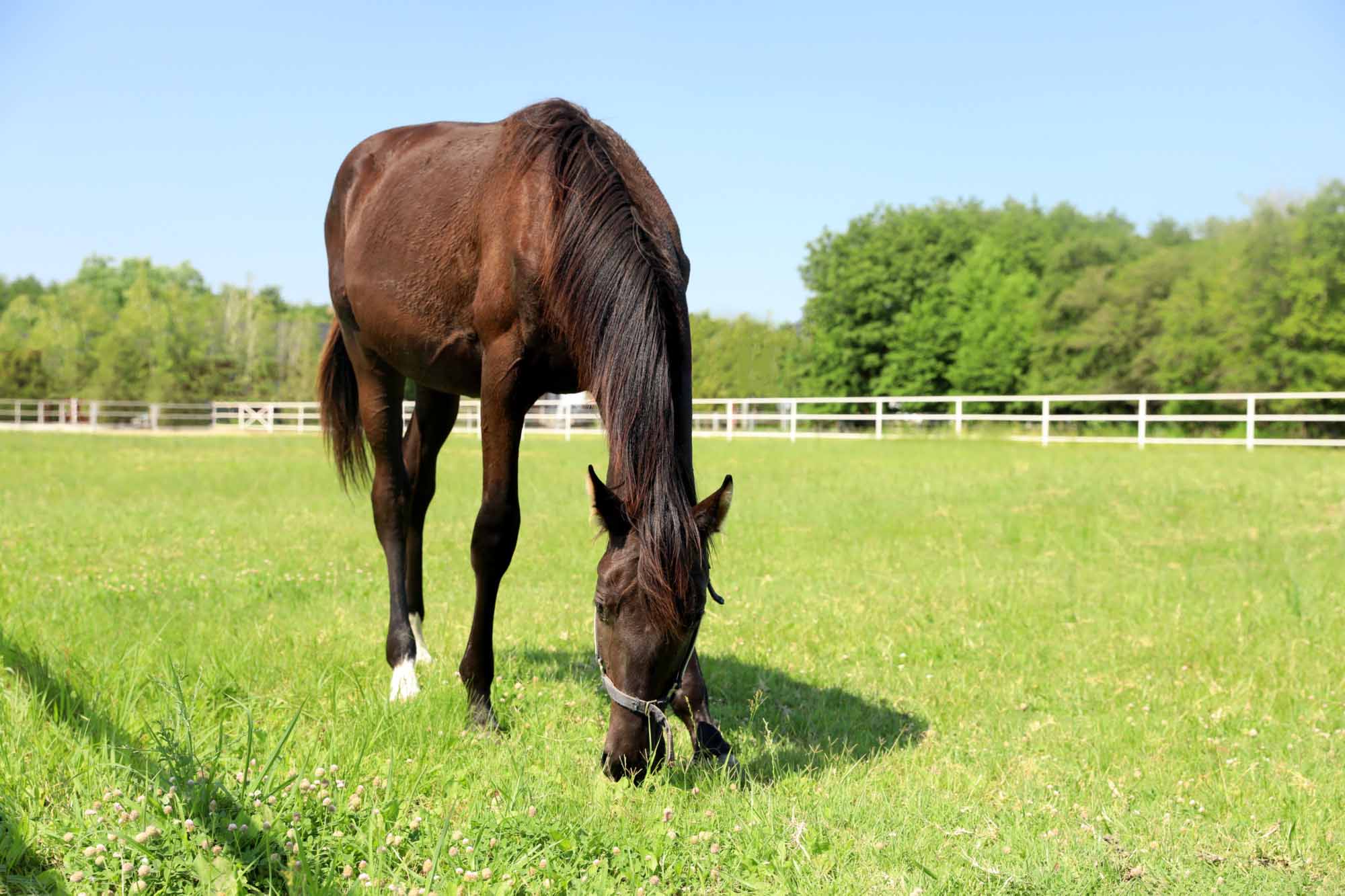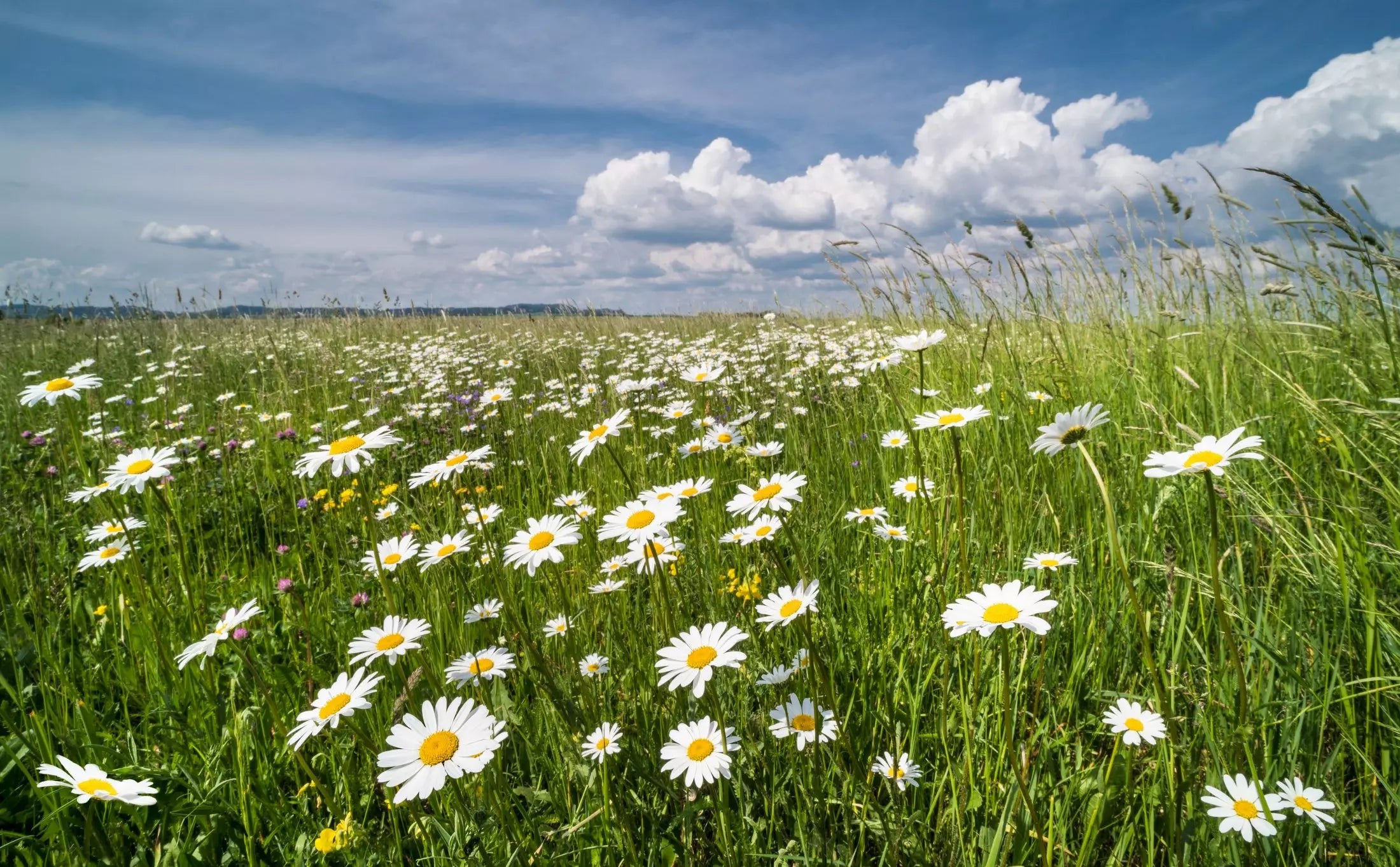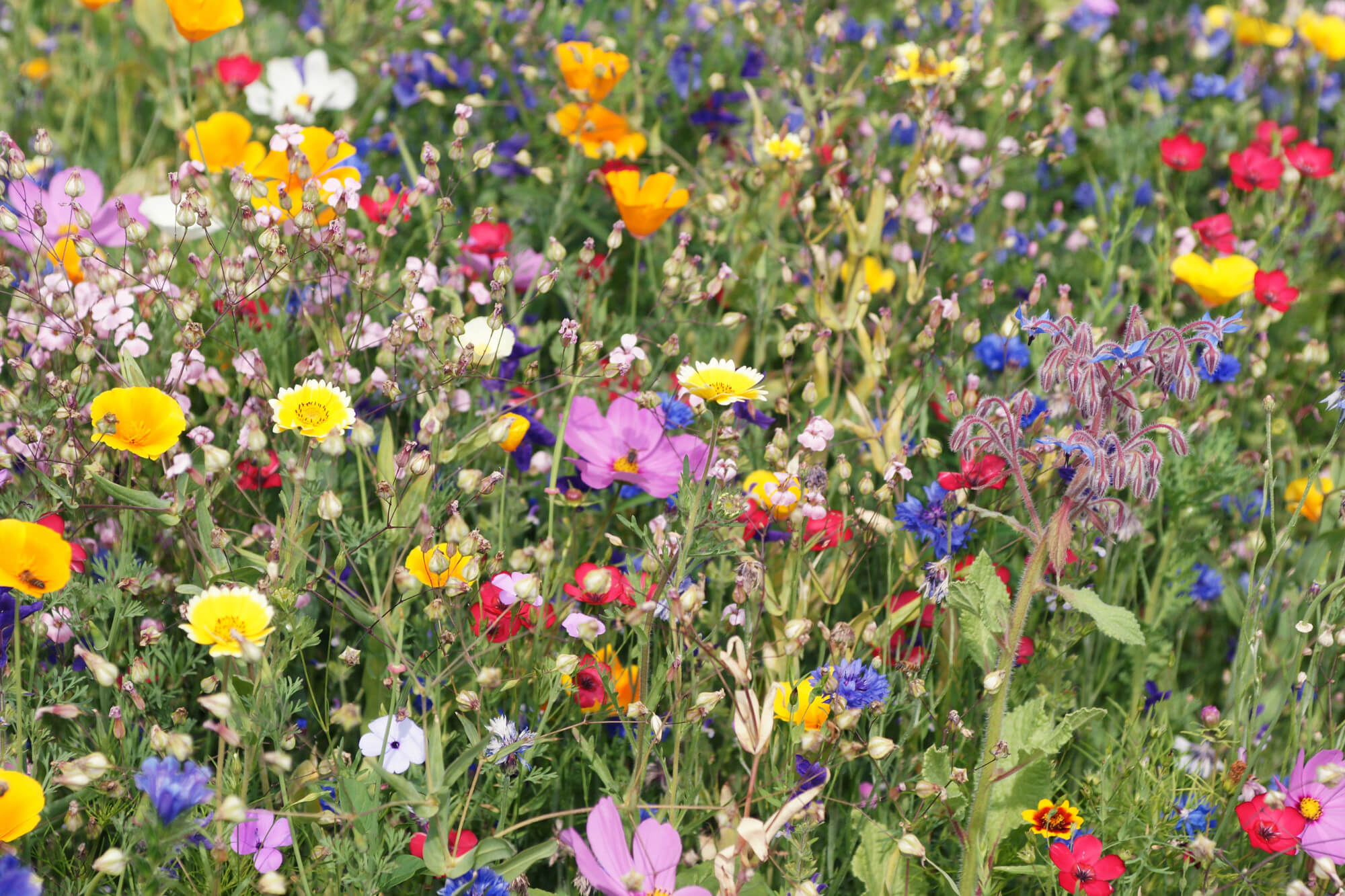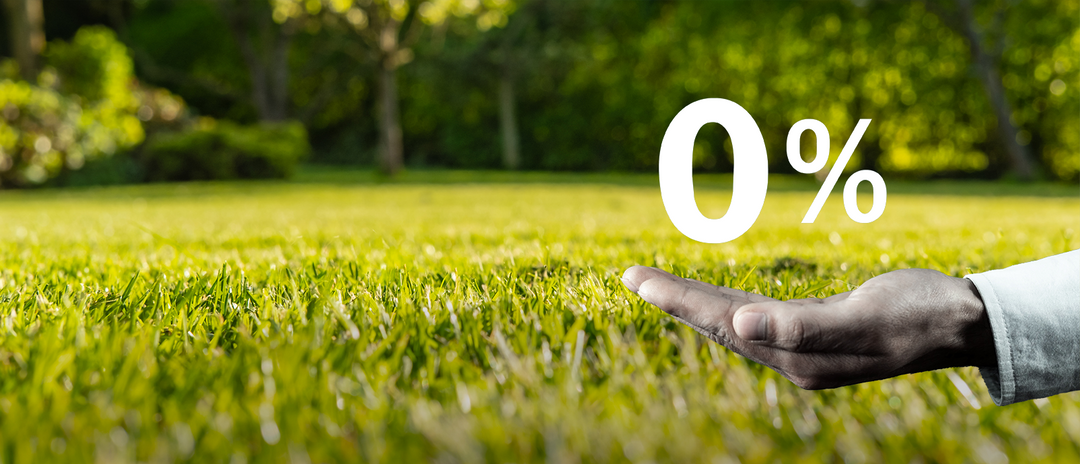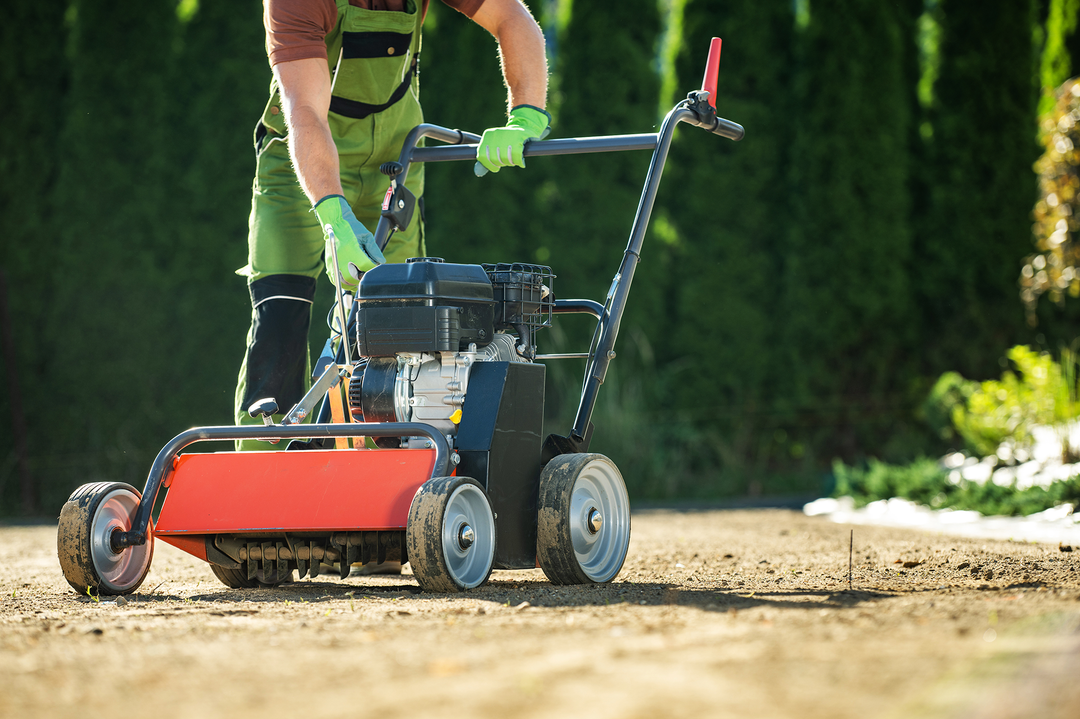When it comes to maintaining a pristine lawn, the presence of worm casts can be both a blessing and a curse. These natural byproducts of earthworm activity can enrich soil but also disrupt the aesthetic appeal of your outdoor space.
Earthworms play a vital role in promoting healthy lawns by aerating the soil and enhancing nutrient availability. Understanding the relationship between these humble creatures and your lawn is crucial for any homeowner or gardener seeking a lush, green landscape.
This article will delve into the causes and impacts of worm casts, explore effective strategies for managing them, and weigh the pros and cons of having earthworms in your yard. By gaining a deeper understanding of worm casts, you can better maintain your lawn’s health and appearance.
What are worm casts?
Worm casts are heaps of soil excreted by earthworms as they process organic material in the soil. The presence of these small, muddy mounds on lawns can attest to the beneficial activity of earthworms. Although worm casts can be a nuisance for gardeners due to their unsightly nature and the potential for creating mess when trodden into homes, they signal a lively soil ecosystem.
In the UK, the lob worm (Lumbricus terrestris), grey worm (Aporrectodea calignosa), and the black-headed worm (Aporrectodea longa) are key species attributing to these soil surface deposits. Particularly prevalent during wetter soils conditions, such as the winter months, worm casts emerge most noticeably when worms are active and feeding at the surface.
Despite their sometimes problematic appearance, worm casts contribute to healthier lawns by enhancing soil structure and nutrient content. As the earthworm population thrives, they not only decompose organic matter like grass clippings but also aid in the movement of water and air in the soil, thus promoting vigorous grass growth. It is this underlying benefit that underscores the importance of understanding the role of worms in garden ecology.
The role of earthworms in lawn health
The role of earthworms in achieving and maintaining a healthy lawn is often underappreciated. These humble invertebrates play a pivotal role in lawn ecology by breaking down organic matter, such as grass clippings and fallen leaves, which rests on the lawn surface. Not only do they process this material, but they also transport it into the soil, subsequently enhancing the nutrient availability for grass roots through their worm castings.
Additionally, the presence of earthworms in your lawn contributes to the creation of space within the soil structure for essential components such as water, air, and nutrients to move freely. Crucial to the growth of healthy grass plants, this movement aids in nurturing a robust root system. One could say that the earthworm acts as a natural tiller and soil conditioner, which, in turn, supports the upkeep of your lawn's beauty and health. However, a correctly maintained lawn with vigilant care, including the balancing of soil moisture and pH levels, can deter excessive earthworm activity and manage the appearance of worm casts more effectively.
Benefits of earthworms
Earthworm activity brings numerous benefits to your lawn and garden. These creatures are integral to the nutrient cycling process, which is critical for maintaining soil fertility and promoting the growth of healthy plants. By breaking down the organic material and integrating it back into the soil, earthworms not only enhance plant nutrition but also contribute to soil structure.
Improved soil structure, courtesy of earthworms, promotes better drainage and aeration, which are fundamental to the health of plant roots, allowing for robust growth. Although earthworms play such vital roles, surprisingly, they are not indispensable for a healthy lawn. In certain ecosystems, particularly where earthworms are not native, their overabundance can disrupt the local flora and fauna balance.
Importance of soil aeration
The importance of soil aeration to a lawn's health cannot be overstated, with earthworms being nature's expert aerators. As they move through the soil, they leave behind tunnels, creating air pockets that facilitate the movement of water, oxygen, carbon dioxide, and nutrients to the grassroots. This aeration process improves the soil structure significantly, ensuring that these vital elements are well-circulated.
Lawn maintenance practices that incorporate regular aeration can prevent soil compaction. This results in less favorable conditions for excessive worm activity and triumphs in sustaining an evenly balanced organic matter level, which in turn hinders the development of thatch—a breeding ground for lawn diseases. An aerated lawn is not only more resilient and vibrant but is also better equipped to resist environmental stresses and support a balanced ecosystem.
Causes of worm casts
Worm casts are a natural byproduct of the activity of earthworms, which play an instrumental role in the ecosystem of your lawn. These small mounds or heaps of soil on the grass surface are the result of earthworms digesting organic matter found within the soil. As they feed, earthworms process the soil and excrete it, leading to the formation of worm casts.
Overabundance of earthworms
An excessive presence of earthworms, while indicative of soil richness, can produce an overabundance of worm casts, which may present several challenges for lawn maintenance. These worm castings can create hazardous conditions by forming muddy and slippery surfaces, which can be a risk for slipping. Furthermore, as worm casts dry out and harden, they contribute to quicker dulling of mower blades, adding to upkeep costs due to more frequent blade sharpening.
Not only do these piles of soil disrupt the aesthetic of a well-kept lawn, but they can also smother the grass beneath, impeding its growth or even killing it, which might result in a muddy lawn surface. Moreover, the flattened worm casts create opportune spots for weed seeds to settle and germinate, which could lead to a flourish of unwanted plant species, especially during the wetter months when worm activity is at its peak.
Soil conditions promoting earthworm activity
Wetter soils, typically present during damp weather and the cooler nighttime hours, encourage earthworms to rise and feed on the surface. The increased worm activity can lead to a greater incidence of worm casts. Yet, it's essential to acknowledge the beneficial effects of worms on soil structure and the overall health of the lawn. Earthworms consume soil and various forms of organic material, breaking these down and enriching the soil with nutrient-rich worm castings that support robust grass growth. Shaded areas can also be more problematics for worm casting.
In well-maintained lawns replete with organic matter such as grass clippings and other decaying plant material, earthworm populations may naturally increase. Consequently, these conditions promote better soil health and fertility, fostering an environment that supports a larger earthworm population and their associated casting activities. While the appearance of worm casts may be unsightly, it's a testament to the vibrant ecosystem beneath your lawn's surface.
In summary, while worm casts can be challenging for homeowners desiring an immaculate lawn, it is crucial to remember that the presence of earthworms and their activity is a sign of a healthy lawn and soil ecosystem. When managing worm casts, the goal should be to strike a balance between mitigating the issues caused by excessive worm casting and preserving the health of the soil and its fauna.
Impacts of worm casts on lawns
The impacts of worm casts on lawns, while reflective of a thriving ecosystem beneath the surface, can present several challenges to homeowners and garden enthusiasts. Earthworm activity, though beneficial for soil health, results in the production of worm casts – heaps of soil that appear on the lawn's surface. These casts, once hardened, create a lumpy and uneven lawn surface, which, if left unchecked, may lead to long-term detriments to the lawn's health and appeal.
Aesthetic issues
Worm casts can significantly undermine the visual allure of a meticulously maintained lawn. The smooth green canvas of a healthy lawn can quickly turn into a muddled landscape dotted with small mounds of soil, making it look unkempt and messy. A lawn with short grass height can exacerbate this issue, as the worm casts become more visible, disrupting the uniform appearance of the lawn. This is particularly true during cool, rainy seasons, such as the period from September to October, where worm activity increases and casts are more prominently displayed. For gardeners and homeowners who take pride in a well-manicured lawn, the presence of worm casts is an aesthetic challenge, often requiring additional maintenance to preserve the lawn's neat appearance. Additionally, an excess of worm casts may dull mower blades during lawn mowing, potentially causing further visual disturbances to the lawn.
Potential lawn damage
Beyond the surface-level aesthetic concerns, worm casts can inflict more substantive damage to the lawn. The casts create muddy, slippery areas that pose slip and trip hazards, impacting the lawn's functionality and safety. When worm casts are trodden into the soil surface, they can smear, covering and smothering the existing grass, which in turn, creates an environment conducive to weed seeds and other invasive plant species. This can lead to a gradual deterioration in grass health and diminish the lawn's overall coverage. Moreover, excessive worm activity can lead to soil compaction and waterlogging, exacerbating conditions that favor earthworm population growth and thus, producing more worm casts. Copious worm casts not only mar the appearance of the lawn but also pose a risk to its integrity, challenging the longevity and sustainability of a lush, green landscape.
In summary, the presence of worm casts on lawns can disrupt both the beauty and health of the grass, calling for informed management techniques to control and mitigate their impact.
Here is a brief table summarising the key impacts:
|
Impact |
Aesthetic Issues |
Potential Lawn Damage |
|---|---|---|
|
Uneven Lawn Surface |
Lumpy appearance makes lawn look unkempt |
Makes mowing difficult and may scalp the grass |
|
Visibility |
More pronounced in short grass |
Smearing of casts can facilitate weed growth |
|
Seasonality |
Prominent in cool, rainy seasons |
Casts contribute to compaction and waterlogging |
|
Maintenance Challenges |
Can dull mower blades; requires extra care |
Can smother grass, leading to loss of coverage |
|
Safety Concerns |
Creates muddy and slippery surfaces |
Poses slip and trip hazards |
Strategies for managing worm casts
Effective management of worm casts on lawns is imperative to maintain both the aesthetic and structural integrity of the grass. Adapting various techniques can aid in keeping these natural phenomena in check.
Raking and smoothing mounds
When worm casts dry out, they become easier to manage. The dried mounds can be raked or swept, leading to an even redistribution of soil and organic material. To enhance this effect, use a stiff brush or dense rake, which can effectively reintegrate the casts across your lawn.
Mowing the lawn post-raking ensures that remaining casts are pressed down into the soil. This step not only smoothens the surface but also aids in integrating the rich organic matter from the casts into the soil, which can benefit the turf's health over time.
Adjusting mowing practices
To further decrease worm activity, it's essential to remove grass clippings after mowing, thereby limiting the organic matter available. Ensuring proper drainage can also help manage worm casting frequency as worms are more active in wet soils.
It's also beneficial to avoid overwatering. Drowning the worms results in them moving to the surface, increasing the appearance of worm casts. By keeping the area moist but not waterlogged, you allow the worms to breathe without driving them upwards.
Altering watering techniques
Watering techniques play a significant role in managing worm casts. Excessive watering leads to the movement of worms towards the surface and an increase in worm casting. To combat this, water your lawn less frequently but for extended periods, which encourages deeper root growth and enhances the overall health of your lawn.
Avoiding consistently damp surface conditions is crucial to limit the surface activity of worms and the resulting casts - especially important in shaded areas. Aim for a watering schedule that maintains the lawn's moisture balance without creating an overly wet environment.
Together, these strategies provide a comprehensive approach to controlling worm casts, thus maintaining a visually appealing and healthy lawn year-round.
Managing earthworm populations
Earthworm populations can become overly active within lawns, leading to the excessive appearance of worm casts, which are the heaps of soil expelled by worms as they process organic matter. While earthworms are beneficial for soil health, a high activity level can cause issues for the aesthetic and practical enjoyment of your lawn. Fortunately, there are several methods to manage and maintain a balanced earthworm population without resorting to harmful pesticides.
Firstly, regular lawn care practices such as thatch removal play a pivotal role in controlling worm activity. Thatch is a layer of dead grass and roots that can accumulate on the soil surface, providing a rich food source for worms. By diligently removing thatch, you can minimize the organic material available to earthworms, lessening their proliferation.
Another effective measure is top-dressing the lawn with sand. The addition of sand improves soil aeration and makes the conditions less favorable for the worms, which prefer wetter soils rich in organic matter. While it can discourage earthworms, sand top dressing must be done carefully to avoid altering the soil structure in a way that is detrimental to the grass.
To prevent earthworms from flourishing, it is also crucial to maintain proper lawn aeration and scarification. This can help reduce the compaction of the soil, a condition that can lead to an increase in worm casts. By ensuring the lawn is well-aerated, you establish an environment with ample movement of water and air, which deters excessive worm casting.
Mechanical removal is an immediate and effective way to manage worm casts. The task involves either brushing or 'switching' - a method where a stiff brush, broom, or bespoke tool is used to disperse and break down the worm casts across the lawn. This technique physically removes worm casts, reducing their appearance while being a harmless approach to the local earthworm population.
Implementing these strategies concurrently creates less hospitable conditions for earthworms and regulates their numbers effectively. When considering the presence of earthworms, it's critical to remember their beneficial effects on the soil and the ecosystem, striving for control rather than elimination.
Reducing organic matter
Minimising the availability of organic material on your lawn is another strategic approach to managing earthworm populations and worm casts. Since earthworms feed on organic matter and their activity contributes to casting, decreasing this food source can have a significant impact on their presence.
One of the simplest methods is the regular removal of grass clippings immediately after mowing. This deprives earthworms of a readily available source of nutrition, thus reducing their numbers and activity. Also, ensure to keep the lawn free of fallen leaves and other garden debris, particularly during the winter months when organic matter can accumulate and provide a feast for earthworms.
Compost and other organic amendments are often added to lawns to improve soil quality, but they can also lead to an increase in worm casts. It's advisable to limit the application of these organic materials if the presence of earthworms becomes problematic. Instead, use a more inert material like sand for top dressing when needed, to help maintain soil health without attracting excessive worm activity.
By taking these steps to reduce the organic content on your lawn, you can maintain a balance between having a healthy lawn and an earthworm population that does not contribute to an unmanageable number of worm casts.
Pros and cons of worm casts
Worm casts, often considered a hallmark of a healthy lawn ecosystem, come with their unique set of advantages and disadvantages. These remnants of earthworm digestion dot the lawn with nutrient-rich mounds, reflecting the silent work these creatures perform below the surface. Indeed, their presence signals robust biological activity and an underlying soil structure able to support such life.
However, aesthetics can be compromised by the presence of worm casts. Owners of immaculately groomed lawns might find themselves at odds with the small mounds that appear, especially during the wetter seasons. When the casts are plentiful, they can also become more than just an eyesore; creating muddy patches ripe for moss and weed incursions, thus calling for additional lawn care strategies to handle these challenges.
Benefits for lawns and gardens
In the realm of lawns and gardens, worms play a pivotal role, acting as natural cultivators of the earth. Their castings decompose organic material, leaving behind a treasure trove of nutrients. This natural process not only enhances soil composition but also elevates the fertility of the turf, leading to lush, vibrant growth.
Moreover, these subterranean architects expertly perforate the soil, promoting aeration that is essential for the movement of water, air, and essential nutrients, thus fostering a robust root system. The resulting worm castings teem with beneficial microbes that offer plants an additional shield against pests and diseases, setting the stage for thriving flowers, fruits, and vegetables. When incorporated as a component of mulch, these castings continue to boost soil health, contributing to its ability to nurture a variety of plant life.
Challenges posed by worm casts
Despite their advantages, worm casts can present several challenges. They may mar the uniformity of a lawn, giving it a bumpy texture that could complicate upkeep. A high frequency of casts may hint at an earthworm overpopulation, which might not only disrupt the lawn's visual harmony but also introduce physical disruption as they smear and create gaps in the turf when cleaned.
Moreover, these gaps can serve as an unwitting invitation to weeds, exacerbating any existing issues with unwanted flora in the lawn. And perhaps more concerning, an overabundance of earthworms, signaled by copious worm casts, can attract various predators which could dig through and damage the lawn as they hunt, turning maintenance into a more daunting task.
In summary, while the benefits of worm casts are rooted in their contribution to soil health and plant vitality, an overabundance poses its own set of challenges that require careful and considered responses from gardeners and lawn care enthusiasts.




